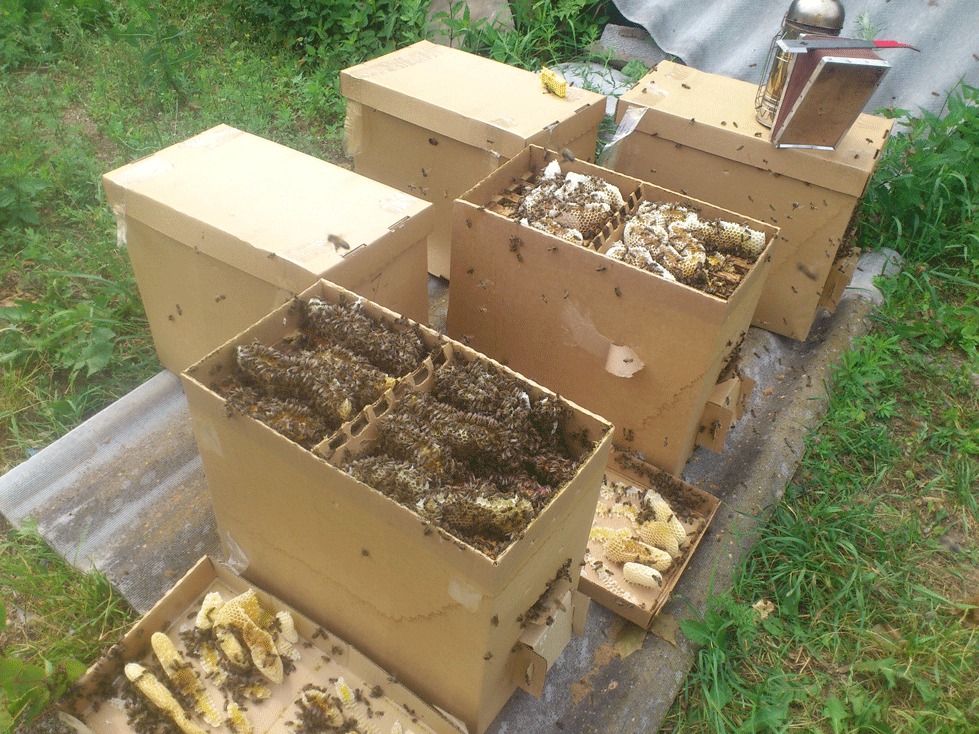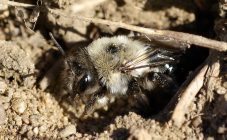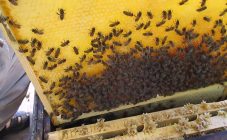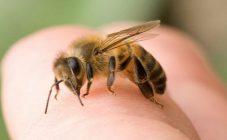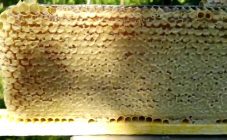Content:
The work of a beekeeper will be even more enjoyable if he deals with Karnika bees in the apiary. This breed of insects is ideal for areas with mild climates. In addition, they find honey where, in fact, there are no honey plants.
Features of the breed
These bees first appeared in the south-eastern part of Central Europe. They were popular at that time in Carinthia and the Upper Extreme. In modern times, these areas are called Slovenia. It is from here that the name of the bees comes - Krajinskie or Carinthian. Already in 1880, the name of this population changed to Apis mellifica carnica Polltn, they began to be found in the territories:
- Romania,
- Hungary,
- Carpathians,
- Bulgaria,
- Slovakia
- Greece.
In the late nineteenth century, bees began to spread to other countries and regions. Due to their merits, they have significantly surpassed in popularity even the Germanic dark bees. Karnika bees features of this species lie in their merits and behavior.
The body of insects has a light shade, due to the alternation of gray and black. The specimen is not large, with a dense downy. The proboscis of an adult insect reaches up to six point and eight tenths of a millimeter. One adult bee weighs one hundred and eleven milligrams. One of the most important characteristics is that Karnika bees are very calm and peaceful individuals.
The ability to multiply quickly was initially perceived by beekeepers as increased swiftness. But this is not entirely true, if you take the right approach to them. Only in the period without bribes should you be very careful and take all the necessary measures. For this, experienced beekeepers simply substitute several additional frames and break out the queen cells. Insects react to such manipulations positively and quickly leave the swarm state. If you do not react in time, then a third of the families from the entire apiary can fly away.
These bees have another peculiarity. They work great on honey gathering from herbs. In addition, individuals of this breed are able to fly for honey even in bad weather, which cannot be said about other breeds. Due to this feature, Karnik beekeepers collect a lot of honey.
As soon as the amount of honey collection decreases, workers actively begin to prepare for winter. The queen stops laying eggs, and the family leaves for the winter.
It is very convenient to work in such an apiary, since Karnik's peacefulness allows you to approach the hive without a smoker and a beekeeper mask. During the examination, the workers do not pay the slightest attention to the intrusion into their lives. They can hang in clusters from the frame. In addition, this breed practically does not get sick.
Advantages and disadvantages
The advantages of this bee family include:
- The family is able to multiply rapidly in the spring after coming out of hibernation;
- Insects take bribes from any kind of herbs and plants;
- Prepare for wintering early;
- They survive the winter well, while they need a little feed;
- The family gives off a lot of wax;
- Quickly leave the swarm state;
- Do not get sick;
- They tolerate moving to another place well;
- Do not steal someone else's honey from neighboring hives;
- They are well oriented on the terrain;
- Peaceful. You can work without a smoker and protection.
All the pros and cons were taken from the reviews of beekeepers who have a Karnika breed of bees, their disadvantage is that very little propolis comes from these individuals, and in the absence of a bribe there is a risk of swarming bees. This breed of bees feels comfortable in areas with mild climates.
Queen's description
Karnika bees differ significantly in weight. A fertile individual weighs two hundred and five milligrams, an infertile one one hundred and eighty-five. In the spring, during the period when strength is building up, the uterus is capable of laying from one and a half to two thousand eggs per day.
In addition, the replacement of an old uterus with a young one goes completely unnoticed. This queen is highly prized in the market as she lays a little queen cell. But if pollen enters the hive in greater quantities than usual, then the queen will significantly increase the number of queen cells.
Bee packages Karnika
Many are interested in where you can take a family of Karnika bees. Such bee packages can be ordered in special stores. The kit includes:
- Three frames of the dadan type, in which there are larvae, and one covering frame. These frames are fixed both at the top and at the bottom, making them convenient and safe to transport.
- Family of Karnika bees.
- A queen bee that is less than one year old. A white label is glued to it.
- A family of bees in general weighs at least one kilogram two hundred grams. This weight is set by the GOST 20728-75 standards.
- Bee food in the form of kandy cake with honey. It weighs at least one and a half kilograms and is packed in a plastic bag. It is laid over the frames.
- Water in a bottle with a special device for easy consumption by bees. It is also attached at the top above the frames in a horizontal position.
A box made of fiberboard with a capacity for two bee packages of standard sizes with a width of thirty-six centimeters, a length of fifty-one centimeters and a height of forty-two centimeters. This box is the packaging for the package of bees.
Beekeeping Karnika from Austria
Beekeeping in Austria has long gone through a difficult path of transformation from peasant to intensive. Now it is a separate industry in agriculture, which is not the last in the popularity rating. There are more than thirty thousand beekeepers in this country who collect at least seven thousand tons of honey a year and breed up to thirty thousand queens of certain breeds.
This productivity is due to the fact that the Karnika bee breed is popular in the country. They started breeding these particular insects at the beginning of the last century. Breeding of queens of this breed is carried out by special centers and nurseries. Farms with an apiary are registered with veterinary services.
Insects of the Karnika breed fully justify their maintenance, therefore they are in demand in beekeeping. Their value lies in the family's ability to reproduce and work hard.


